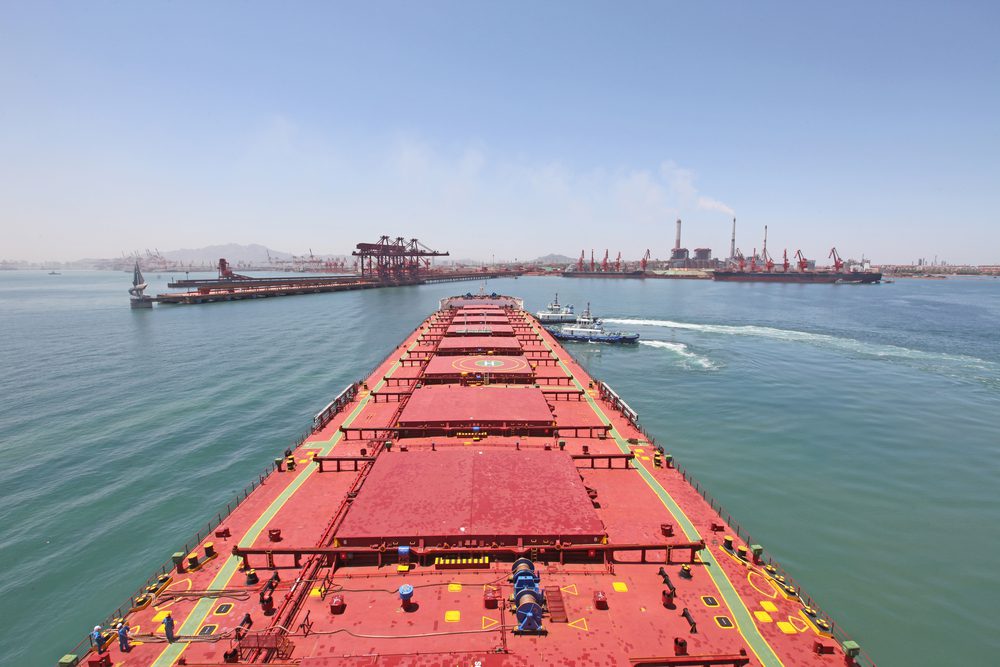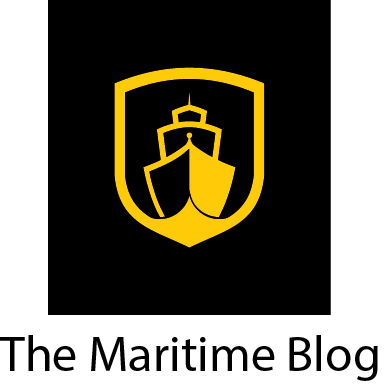search the site
How Surreptitious Shipping Is Helping Russia
How Surreptitious Shipping Is Helping Russia

April 29, 2023
Since Russia invaded Ukraine, a new kind of fleet has been congregating in the Kerch Strait. Observers in this narrow channel — which connects the Sea of Azov with the Black Sea and thus the rest of the world — are recording record volumes of vessels with gaps in their automatic identification transmissions, suggesting they want to hide their movements. This fleet of clandestine ships has become a key factor in the surprising resilience of Russia’s wartime economy. And its intensifying operations suggest Moscow’s defiance of western sanctions will only continue.
Under international maritime regulations, all commercial ships except the very smallest are obliged to broadcast an Automatic Identification System (AIS) to make other vessels aware of their position. During the third quarter of 2020 — a largely normal period in global shipping — 42 vessels travelling through the Kerch Strait turned off their AIS a total of 86 times, according to new data from Lloyd’s List Intelligence. There may be legitimate reasons for this; sometimes AIS malfunctions. In any case, these 42 vessels were only a tiny percentage of around 10,000 ships that passed the Strait during an average year before Russia’s invasion of Ukraine.
Since then, however, the number of ships going dark in the Strait has skyrocketed. Immediately after the invasion, in the second quarter of 2022, 468 ships went dark1,126 times. And during the first quarter of this year, the darkness reached unprecedented heights: 586 ships, the vast majority of them Russian-flagged, enacted 1,753 AIS gaps. Some may have been simply trying to avoid detection by military vessels at a time of conflict, but there are likely other factors at play too.
Read the full article at the Financial Times.


















